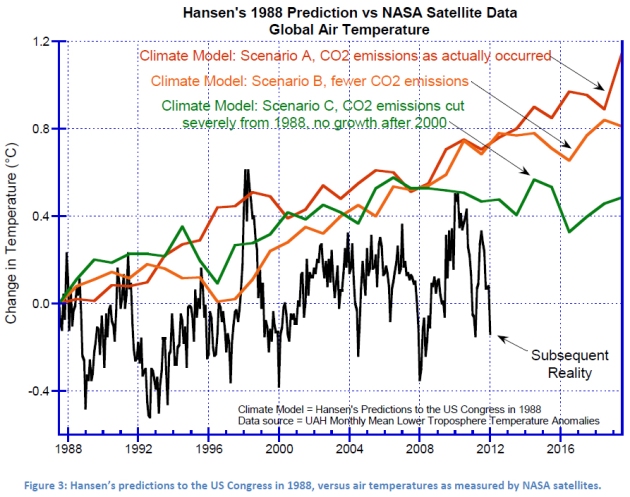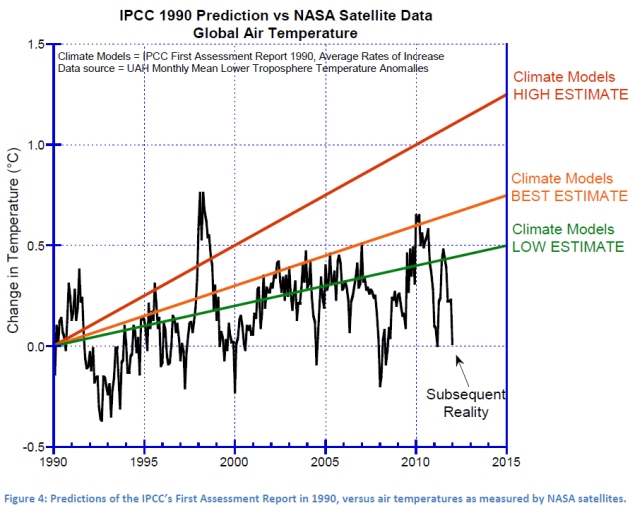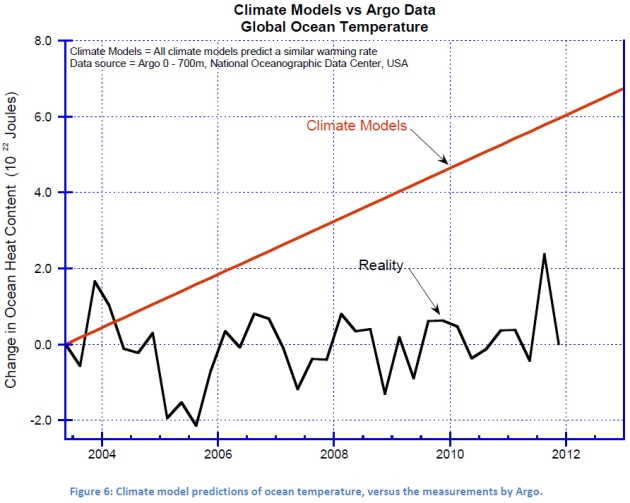Is the Kyoto Protocol Dead?
December 6, 2012
By LUIS MIRANDA | THE REAL AGENDA | NOVEMBER 6, 2012
Not likely. Even if the Doha Climate Summit fails to consolidate the validity of the accord signed by countries back in 1997, it is expected that climate alarmists keep the core of the plan with or without the Protocol itself.
The Kyoto Protocol is now in assisted living condition. It is set to expire this month, and with only two days to conclude in Doha climate summit, where the UN sponsored meeting intends to renew its precepts, the disagreements between the countries is making things more difficult than expected for those who promote the centralized regulation of living standards around the planet.
Before the conference ends on Friday, an agreement is needed if globalists behind the fake environmentalist movement want to extend this international convention and set new greenhouse gas reductions for 2017-2020. But the accord is threatened by the current disunity between the developed and developing world and even within the developed nations. Right now the only possible outcome is that in the Kyoto Protocol II there would be only a small group of countries (EU, Australia, Switzerland, Ukraine), but internal divisions in the EU threaten to bear a not too valued fruit.
The Doha summit follows two negotiating tracks. First, about renewing the Kyoto Protocol, with new targets for greenhouse gas reduction pact for an extension until 2017-2020. The EU is its main supporter, while countries like Canada, Japan and Russia are completely disengaged from it. These and other developed nations such as the US have made it abundantly clear that Kyoto II would not will not have their support, because according to them, developing nations are not making equally significant commitments to cut their emissions. That is a smart choice especially because greenhouse gases are not the cause of global warming or climate change.
Parallel to the Kyoto II negotiations, there seems to be a global negotiation (agreed in Durban last year), aimed at a new global legal agreement or covenant to involve all nations in limiting emissions — U.S., China, but with different goals. The pact should be ready in 2015 and it is expected to be enforced by 2020.
Apparently, the first negotiation (the Kyoto II) was the easiest one, as the only effort to reduce greenhouse gases will be made by the EU. But new minor issues have become important, and there is a strong disagreement about them.
Countries from the former Eastern bloc — such as Poland — want to take advantage in their favor that they have fulfilled their objectives of leftover gas reduction by 2012, which according to experts happened due to the collapse of the global economy and not necessarily because the nations actively pursued such reduction. So, this nations now want their right to sell their emissions credit, which could help them get some cash effortlessly. In the negotiations, other EU countries are pursuing limits on the use of these rights and want to negotiate the cancellation of these rights once Kyoto II is over.
“Poland blocks the progress of the negotiations and wants to drag these rights to the new comprehensive global agreement, but what you have to do is cancel and set the clock to zero in 2013,” says Aida Vila, representative from Greenpeace.
The intention of the countries of the former Eastern bloc is to benefit from the sale of these rights — Spain recently bought 40 million euros in carbon credits from Poland. But if the EU accepts this situation, markets will be flooded with an oversupply of CO2 credits at low prices, which opens the door to buying other countries’ credits so that some nations continue having a license to pollute. Those who benefit from the carbon credits Ponzi scheme must be loving it, but the pro deindustrialization folks are not too happy about it.
Meanwhile, developing nations and environmental groups continue to call for the EU to raise its gas reduction targets for 2020 (up to 30% less compared to 1990) to regain credibility as a fighter of climate change . “The EU should hold a cabinet meeting here in Doha, to agree to new emissions limit,” says Aida Vila.
The second major issue is conflicting financial assistance to countries most vulnerable to climate change. The UN climate fund created in Copenhagen failed to deliver the cash to its self-entitled members as it was promised. That is because the whole idea of having a centralized entity that dictates climate policy is not really meant to rescue nations may or may not become victims of our changing climate, but to finance the tyrannical operation of the globalist elite that seeks to gain greater control of resources and power.
As expected, developing countries are still wondering where is the money that rich countries announced they would receive in aid. They demand more assurance that aid will continue in the coming years, but their co-negotiators justify the delays with the economic crisis in the EU, U.S. absenteeism and reconstruction costs in Japan.
In Doha, much of the debate is centered on the repeated discussions of principled but differentiated responsibilities and attempt to continue establishing two blocks of countries, rich and poor, to the setting of differentiated commitments limiting greenhouse gases, with China and India in this second group, although this distinction seems increasingly outmoded.
New research presented at the meeting appears to show that even if rich countries cut their emissions to zero, which is near the goal set by the fake environmental movement and its corporate partners, that would not be enough to mitigate the warming, given the high growth rate of the gases in developing nations in the last two decades. Meanwhile, on main stream television, those in favor of taking the world back to the stone age are openly carrying the water for the corporate controllers with ever scarier doomsday stories that attempt to describe what will happen if nothing is done.
Arguments are now circulating that to avoid a temperature increase of two degrees (relative to pre-industrial era), and avoid a ‘climate catastrophe’, it is necessary that global annual emissions, which are estimated to be at 35,600 million tonnes of CO2, go down to less than 35,000 million by 2030. What this means is that the world’s progress will come to a halt and nations will need to go back to pre-industrial standards of living to stave off a catastrophe that is not only not coming, but that cannot be solved by killing the very same engine that can help humanity develop cleaner ways to develop.
As for the rules and regulations contained in the Kyoto Protocol, they will be approved either at the national level through executive decrees, or internationally adopted by technocrats who will then impose those rules and regulation on member nations. The idea to think globally and act locally has never been so useful for the globalists who seek to end one of the brightest eras in the history of humanity. They don’t need Kyoto II because they already have Agenda 21, which is the real blueprint for economic and social enslavement.
The Real Agenda encourages the sharing of its original content ONLY through the tools provided at the bottom of every article. Please DON’T copy articles from The Real Agenda and redistribute by email or post to the web.







